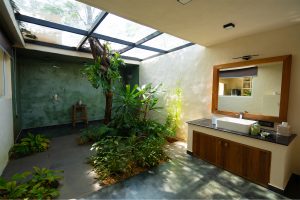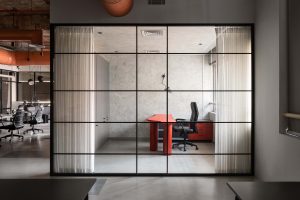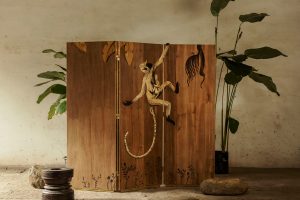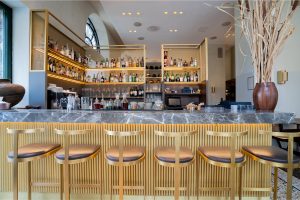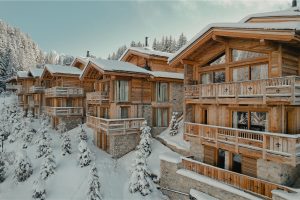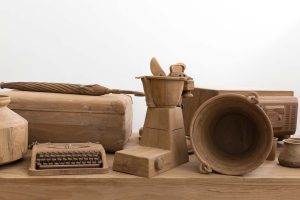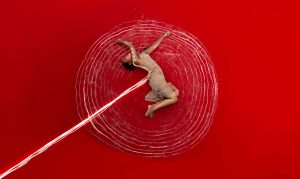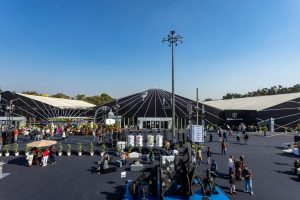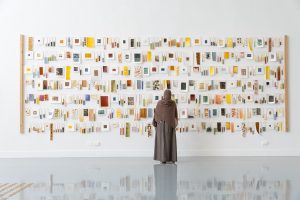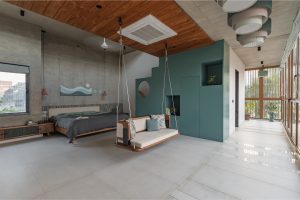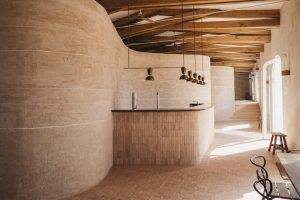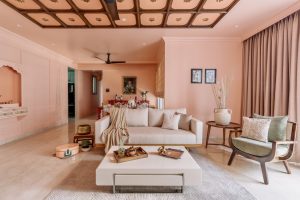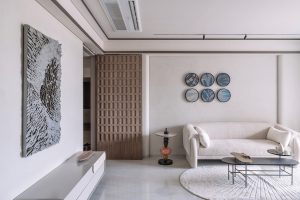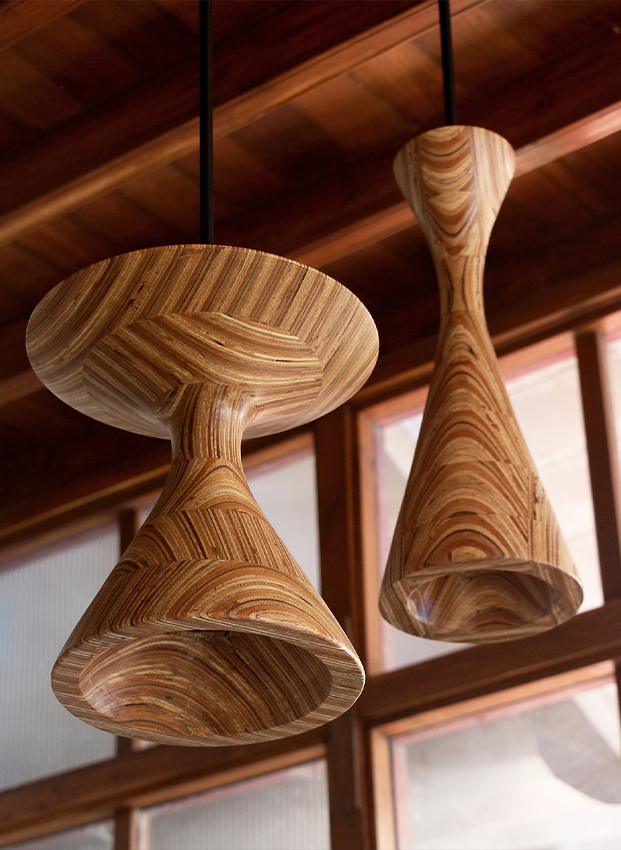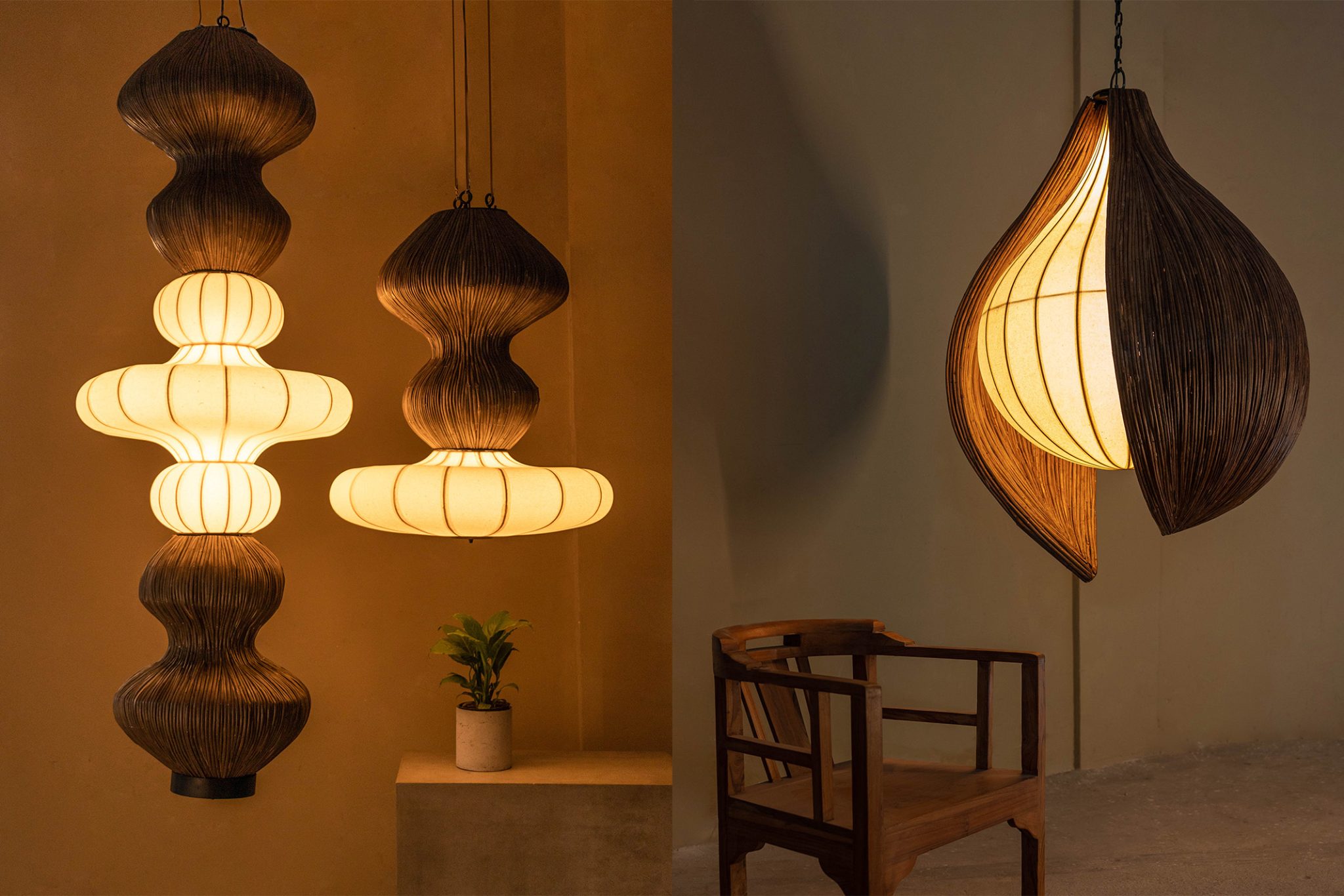Marrakech Museum’s $1 Million Makeover Celebrates The Rise Of Contemporary African Art
The Museum of African Contemporary Art made a comeback—unveiling a permanent exhibition, fresh public spaces, and installations—securing its spot as a powerhouse for contemporary African art.
- 1 Apr '25
- 3:03 pm by Simran Almeida
In contemporary times, museums and art serve as portals—shifting between eras, dissolving borders, and spinning stories that refuse to stay in one place. In keeping with this, The Museum of African Contemporary Art Al Maaden (MACAAL) in Marrakech reopens after an 18-month renovation. This sweeping one million dollar renovation is supported by Fondation Alliances—a not-for-profit association that originally founded the museum. The transformation reveals a reimagined gallery space, seamlessly exhibiting one of the world’s most comprehensive collections of contemporary African art, conjuring a sense of cultural depth, artistic ingenuity, and historical resonance. Titled ‘Seven Contours, One Collection,’ this pioneering permanent exhibition brings together over 150 multimedia works to offer a compelling exploration of contemporary African art across the last century.
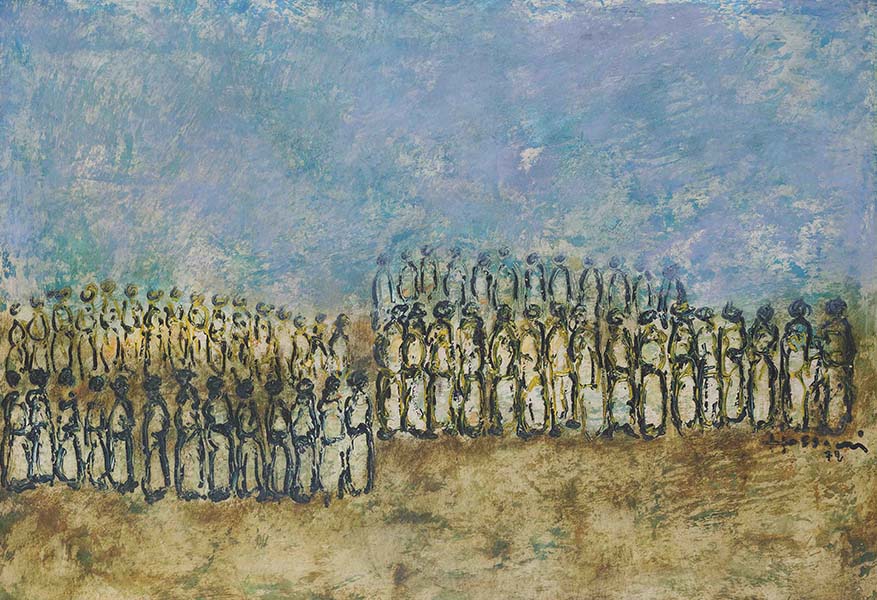
Unveils A New Architectural Chapter
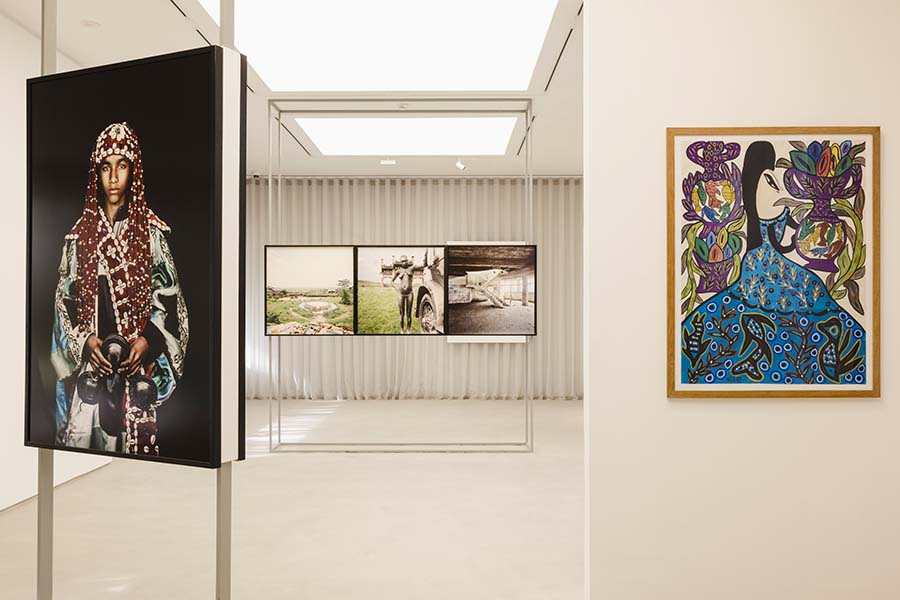
For the first time since its 2016 debut, MACAAL—initially conceived by French architect Didier Lefort—is unveiling its architectural transformation. This transformation underscores the contemporary African art previously kept in storage within its newly reimagined spaces that blend modernity with local cultural influences. As Othman Lazraq, President of MACAAL and Fondation Alliances notes, “This is an exciting new chapter in the evolution of MACAAL.” MACAAL—a key initiative of Fondation Alliances—sits alongside the Al Maaden Sculpture Park, the La Chambre Claire photography award, and Passerelles, a program bridging the gap between young locals and contemporary art through workshops and museum visits. In another lifetime, the museum’s grand public opening in 2018 coincided with the launch of the 1-54 Contemporary African Art Fair in Marrakech, the trailblazing art fair dedicated to contemporary African art.
Also Read: Everything You Need To Know About The Freshly Reopened Palazzo Citterio In Milan
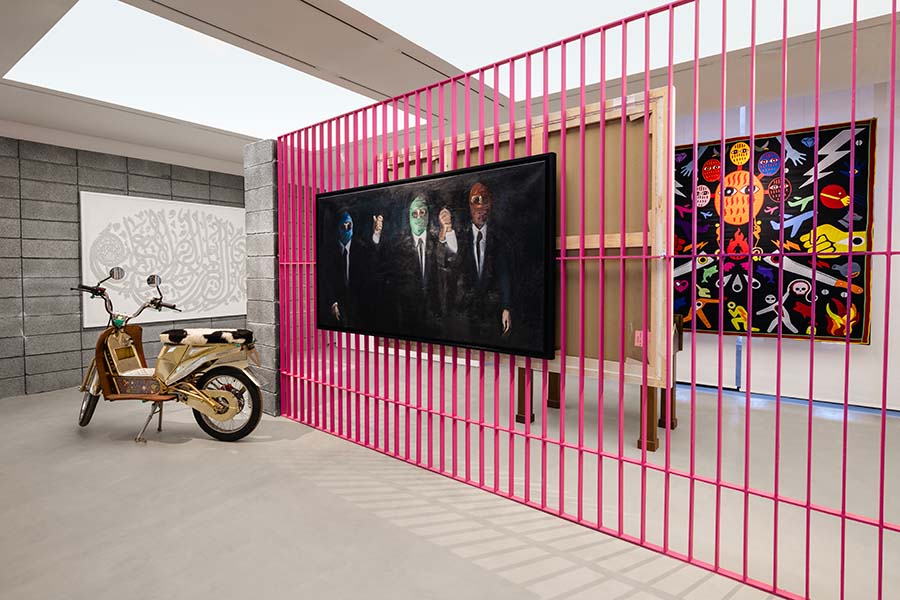
“For almost a decade, the museum has served as a hub fostering global understanding of the continent’s artistic heritage, and these new developments will bring more artists, conversations and stories to the fore,” Lazraq reveals. The museum’s 2025 reopening comes after a tumultuous journey — one marked by adversity and a touch of serendipity. It had closed its doors for renovations in early 2023 when a colossal 6.8-magnitude earthquake rumbled south of Marrakech, trembling Morocco with its strongest shock in over a century. While the rural communities bore the brunt, Marrakech’s Medina—its souks, kasbahs, and ancient landmarks—suffered lasting scars. However, MACAAL’s modern construction kept its collection secure while minimising the damage.
For its redesign, MACAAL enlisted scenographer Franck Houndégla a dedicated space for its ever-evolving collection. This revamped museum also unveiled two annual site-specific installations, beginning with the works of Salima Naji’s architectural intervention, crafted from local materials and Aïcha Snoussi’s expansive installation drawing installation exploring identity and power. A new café and terrace, punctuated with verdant spaces that house sculptures, further seamlessly connects the indoors and outdoors, evoking a sense of awareness.
Also Read: The Lotus Palace Chettinad: Witness The Stunning Transformation Of A 17th-Century Manor
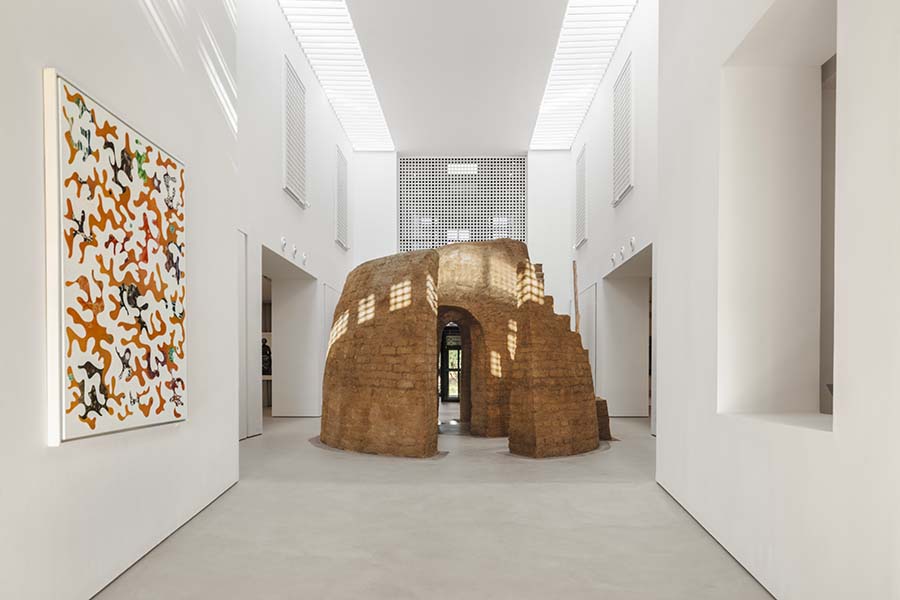
Reviving The Past
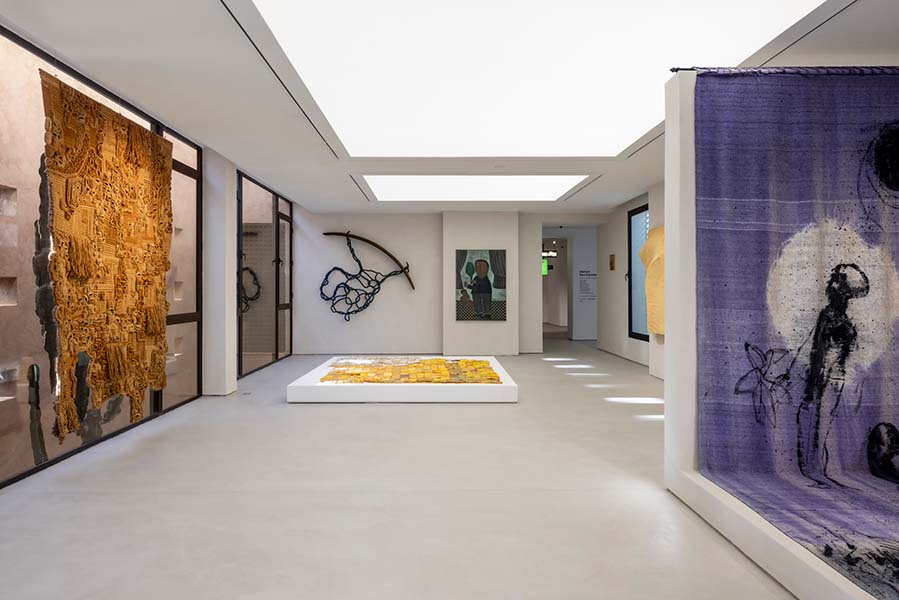
As the museum evolved, its aspirations took on a deeper cultural resonance—one that stands in solidarity with the local community and its losses in the wake of the earthquake. Thus, ‘Seven Contours, One Collection’ was conceived to transcend conventional perceptions of African art. Serving as the crowning jewel for the region’s indigenous communities, MACAAL houses the Lazraq family—assembled by father-and-son collectors Alami and Othman Lazraq. The inaugural exhibition, spread across seven thematic galleries, celebrates the vast spectrum of African artistry, razing reductive stereotypes and embracing a more inclusive, nuanced narrative.
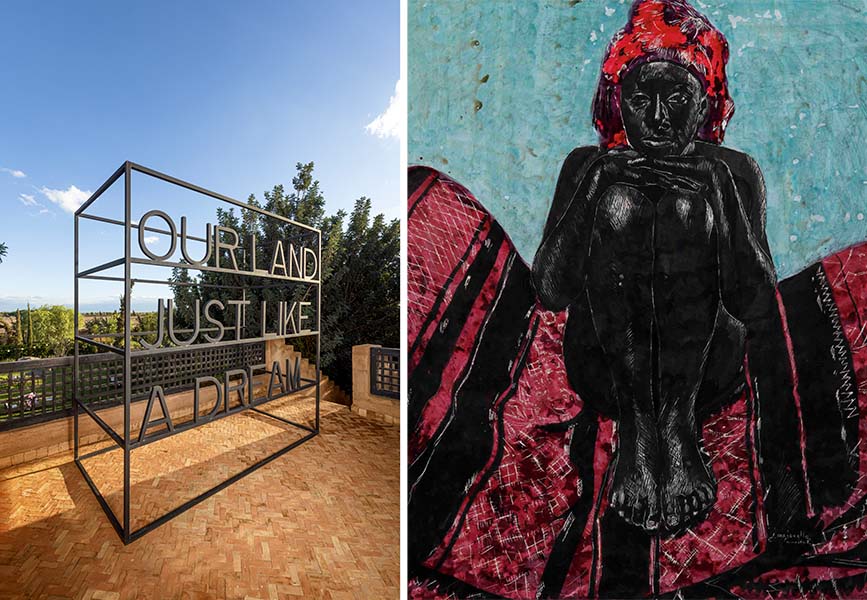
Curated by author Morad Montazami and Madeleine de Colnet from Zamân Books & Curating, with MACAAL’s artistic director, Meriem Berrada, infusing her signature touch, this exhibition serves as a discourse between continents. However, its roots were planted half a century ago by property developer Alami Lazraq. Since then, it has bourgeoned into one of Africa’s most formidable contemporary art collections—rubbing shoulders with eminent Contemporary Art museums around the world. The display spans painting, sculpture, textiles, photography, and multimedia, exploring themes of decolonisation, globalisation, and environmental narratives.
Also Read: This Kochi Home Is A Tribute To Family Legacy And Modern Design
Narratives Rooted In Culture

The showcase unfolds as a vibrant exploration of contemporary African creativity, with each gallery themed around an issue that challenges, reclaims, and reinterprets narratives. “In this new configuration, spaces are intentionally considered as individual stopovers along a cosmopolitan and plural journey,” remarks the co-curator, Morad Montazami. The museum’s reimagined architecture and expanded exhibition areas allow for a broader exploration of themes such as decolonization, language, and identity. The collections include oeuvres from renowned artists like Ayana V. Jackson, M’Barek Bouhchichi, and Hassan Hajjaj, and many more, offering a rich tapestry of African creativity and heritage. As one meanders further into the gallery, the exhibitions highlight key themes such as Afro-diasporic exchanges.
Also Read: The Stunning Revival Of Odisha’s 200-Year-Old Rambha Palace By Architect Channa Daswatte
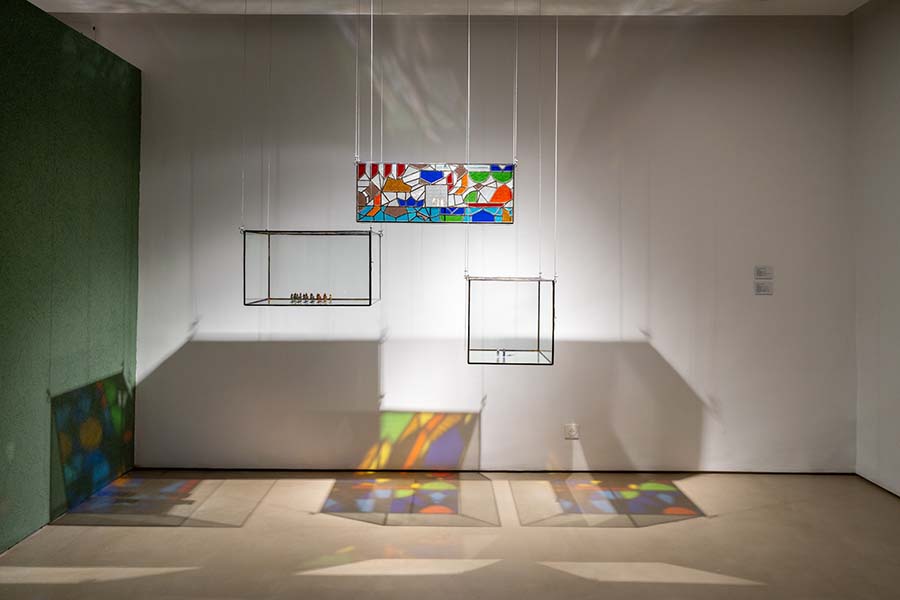
MACAAL’s renovation introduced new public spaces, which now include an ‘Artist Room,’ debuting a bold showcase by French-Moroccan multidisciplinary artist Sara Ouhaddou’s ‘Chikhates’ (2023) presented in collaboration with IFA Gallery Berlin. The New Media Library charts the evolution of digital and performance art from the 1990s onward, while the ‘Timeline Room’ nods to historical events and artistic revolutions. This intellectual verve is tactile, in video dialogues with decolonial luminaries like Ariella Aïsha Azoulay and Nadia Yala Kisukidi, which explore the exhibition’s ever-shifting perspectives, keeping African artistry and identity and its constant, thought-provoking motion.
Montazami explains, “Each room (in the museum) also features a thematic issue, scenographic experience and ecosystem.” This museum transpires as evidence of the resilience of African artistry, dissolving borders and reweaving long-fragmented narratives. Within its reimagined halls, artworks pulse, provoke and propel—etching an indelible mark on the ever-evolving tapestry of contemporary African expression.

